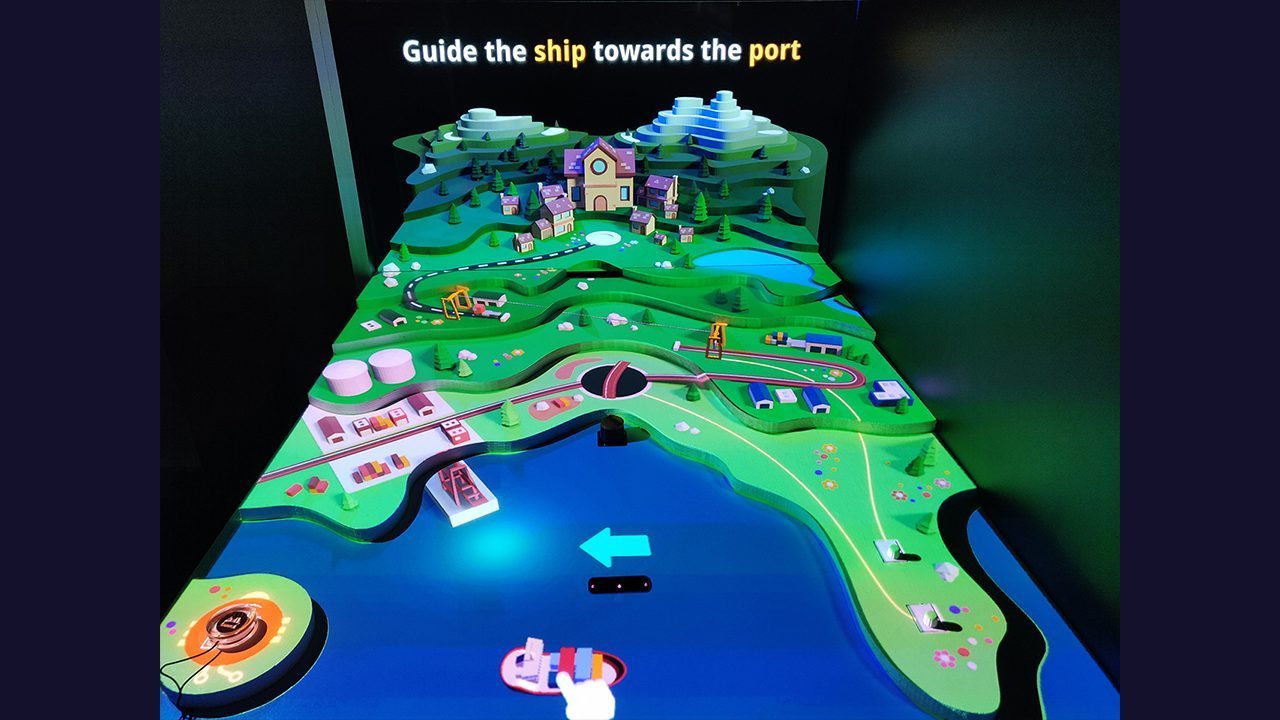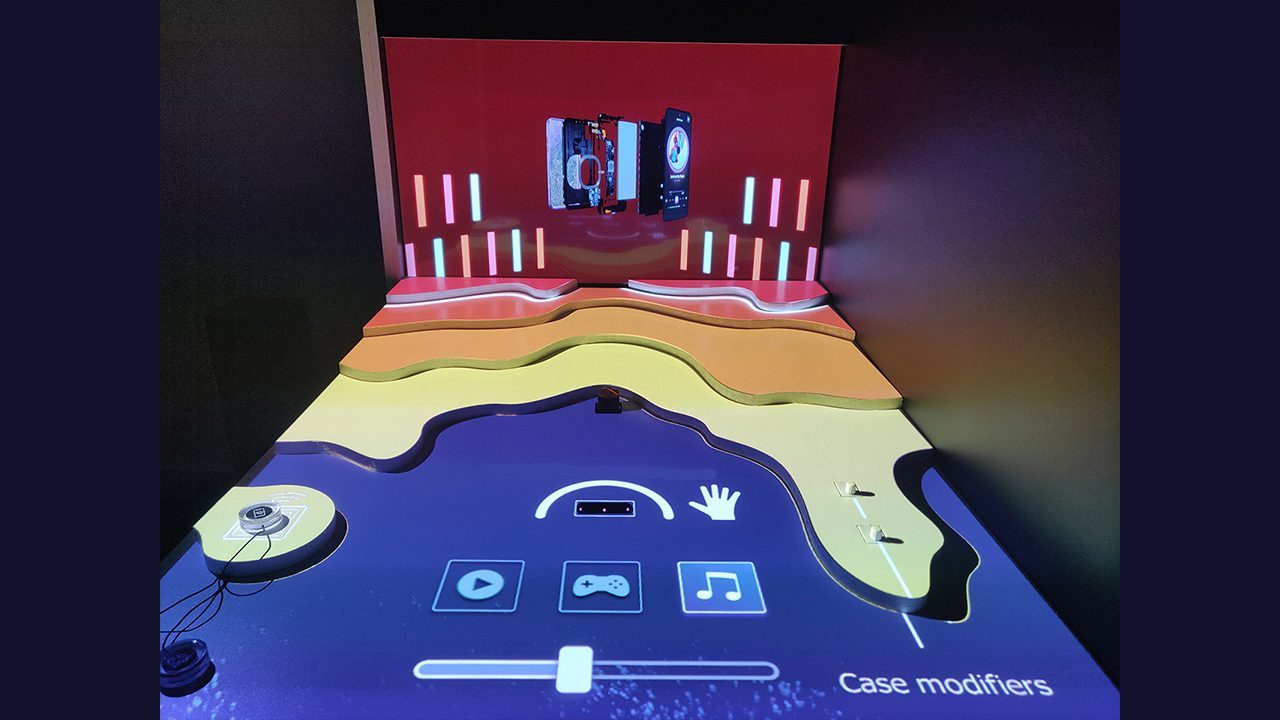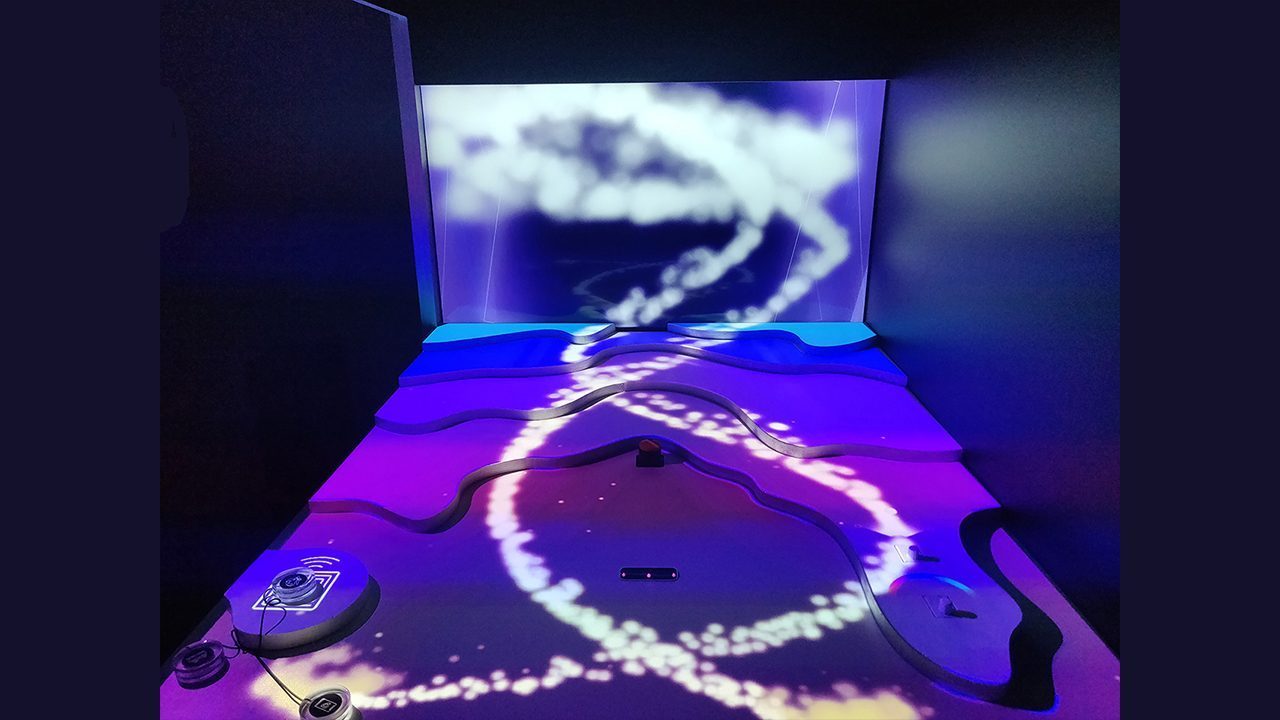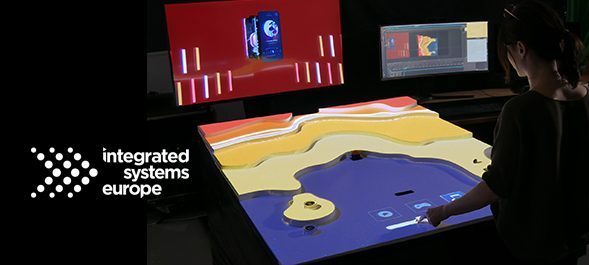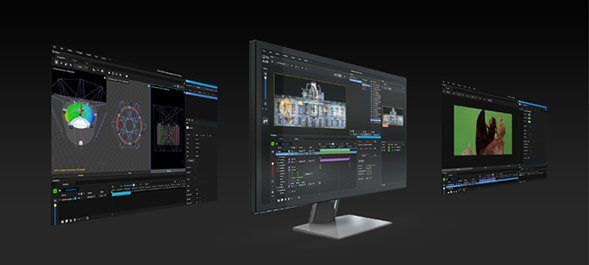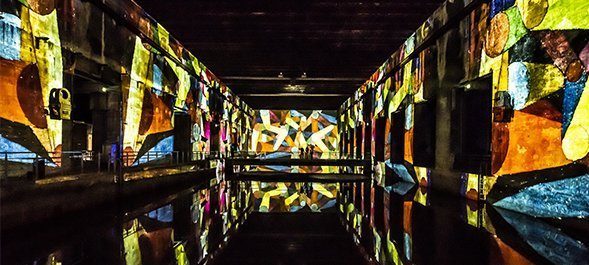From contemplation to interaction
For more than 10 years, Modulo Pi’s media server solutions have been used within a variety of projects, with the diffusion of media to an audience as a common feature. Such diffusion is made through any type of display – screens, video-projection, LED walls… – and constantly renewed approaches.
Video mapping
Whether indoor or outdoor, on models or buildings’ facades, mapping is a way to sublimate and transform a surface through video projection. In this case, media servers allow distributing and warping media so that they perfectly fit with the surface on which the projection is made.
Immersivity
Over the last years, immersive venues have been flourishing to offer an enveloping experience appealling to the senses. From a simple room to a complete venue, immersive setups have conquered audiences.
These immersive experiences can rely on video-projection or LED walls. Media servers allow distributing synchronized content, as well as warping outputs whenever needed.
Empowering an audience: Interactivity
To go further and renew the experience offered to the public, Modulo Pi highlights the new interactive features of its Modulo Player and Modulo Kinetic media servers.
Interactivity can be defined as an input producing an immediate response:
• Action of one user or multiple users
• Through the manipulation of sensors or by simple detection
• Producing an effect on a video, audio, light…
During Integrated Systems Europe & SITEM 2022, Modulo Pi presented a playful interactive mapping designed to demonstrate a few interactive possibilities offered by the Modulo Player and/or Modulo Kinetic media servers.
The demo relies on one video-projector illuminating a table with shape relief, as well as one LCD screen placed in line with the table.
Several sensors are integrated in the table, all supported by our Modulo Kinetic media server which in installed inside the piece of furniture.
Through 3 short demos, an audience can interact with the content projected on the table and/or displayed on the screen.
The sensors integrated in the table are the following:
• RFID tag and RFID reader: Used to trigger the launch of each demonstration.

• 2D LiDAR – UST-10LX by Hokuyo: Allows to convert a part of the table into a digital touch area.
Depending on the demo, the laser allows hand detection to create or interact with the content real time, or trigger the launch of a sequence.
– Demo 1: Allows moving the boat in real time, and trigger the rest of the demo
– Demo 2: Allows pressing the projected buttons in order to trigger the next sequence. Allows using the projected slider to fold/unfold the 3D object displayed on screen (a smartphone in our example)
– Demo 3: Allows triggering the generation of real-time particles
NB: The UST-10LX is used in a small area here, but the laser is capable of measuring of to 10 meters to be used on walls for example.

• Rotating knobs by Phidgets: Two buttons on the table allow different interactions depending on the demo.
– Demo 1: Allows the rotation of the railroad switch, thus allowing the train to pursue its journey. Allows transloading one container from the train into the truck, triggering the rest of the demo
– Demo 2: Allows changing the color and the Substance material on the phone case that is displayed on screen
– Demo 3: Allows selecting the type of particles emitted, and handling the color of the demo (projection and screen)

NB: More than 70 sensors by Phidgets are supported by Modulo Player and Modulo Kinetic, including accelerometers, thumbsticks, flexi force adapters, motion sensors… They are all designed to be easily coated and integrated within your installations.
To find out more:
Phidgets supported by Modulo Player
Phidgets supported by Modulo Kinetic
• Leap Motion by Ultraleap: Allows detecting the position of hands or fingers to generate effects.
– Demo 2: Allows making the phone displayed on screen pivot on itself

Many other sensors and possibilities for interactivity:
To answer the needs of any type of project and budget, Modulo Pi’s media servers offer a wide array of capabilities tailored for interactivity.
Interactions can be:
• Individual or collective
• Through the manipulation of physical sensors (buttons, sliders, RFID tags, flexi force adapters…)
• Through touchless detection (LiDAR, Azur Kinect, thermal imaging cameras…)
• On many surface types: The floor, walls, tables…
Interactivity is also available through touch panels, or web applications communicating with our media servers through the WebSocket protocol.
Find out more:
To have more information or visit our showroom: CONTACT US





